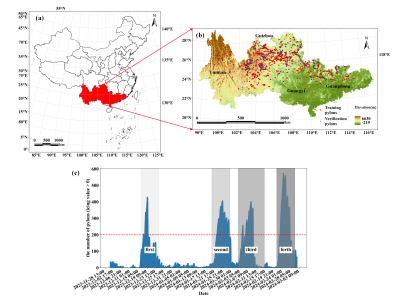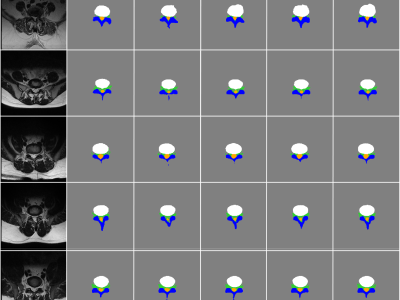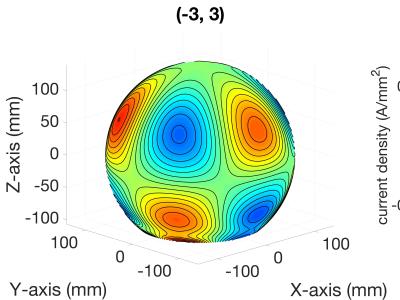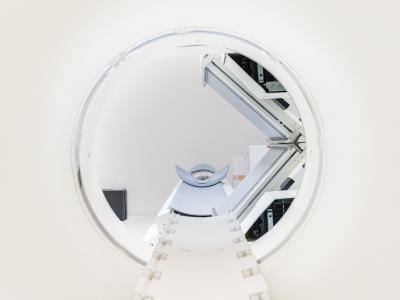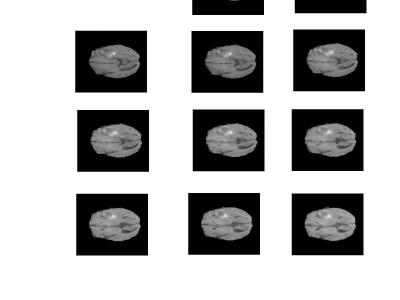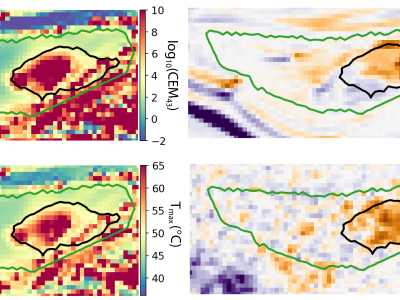
This dataset contains MRI data acquired approximately 20 minutes before ("Pre-ablation") and 20-40 minutes after ("Post-ablation") MR-guided focused ultrasound thermal ablations in the muscle tissue (quadriceps) in four (n=4) New Zealand white rabbits. MR images include MR thermometry acquired with the proton resonance frenquency method, ADC maps (b=0,400), T2-weighted, and pre- and post-contrast enhanced T1-weighted images. All MRI acquisitions were 3D except for the ADC acquisition, which was 2D multi-slice.
- Categories:
